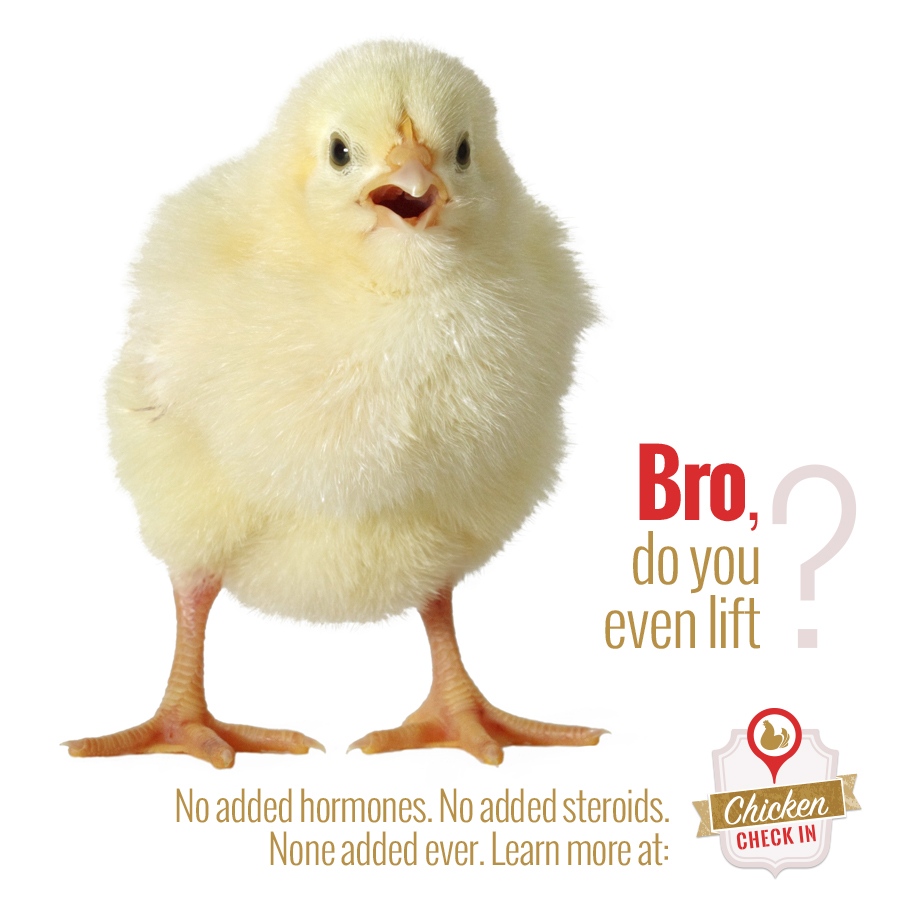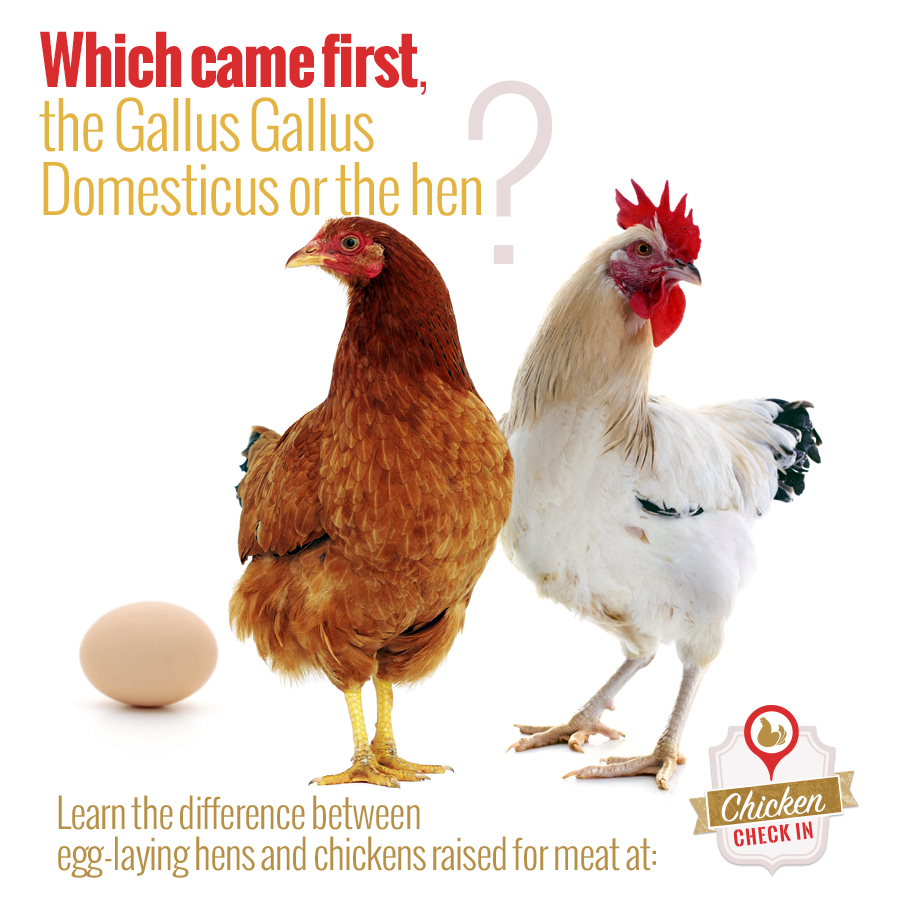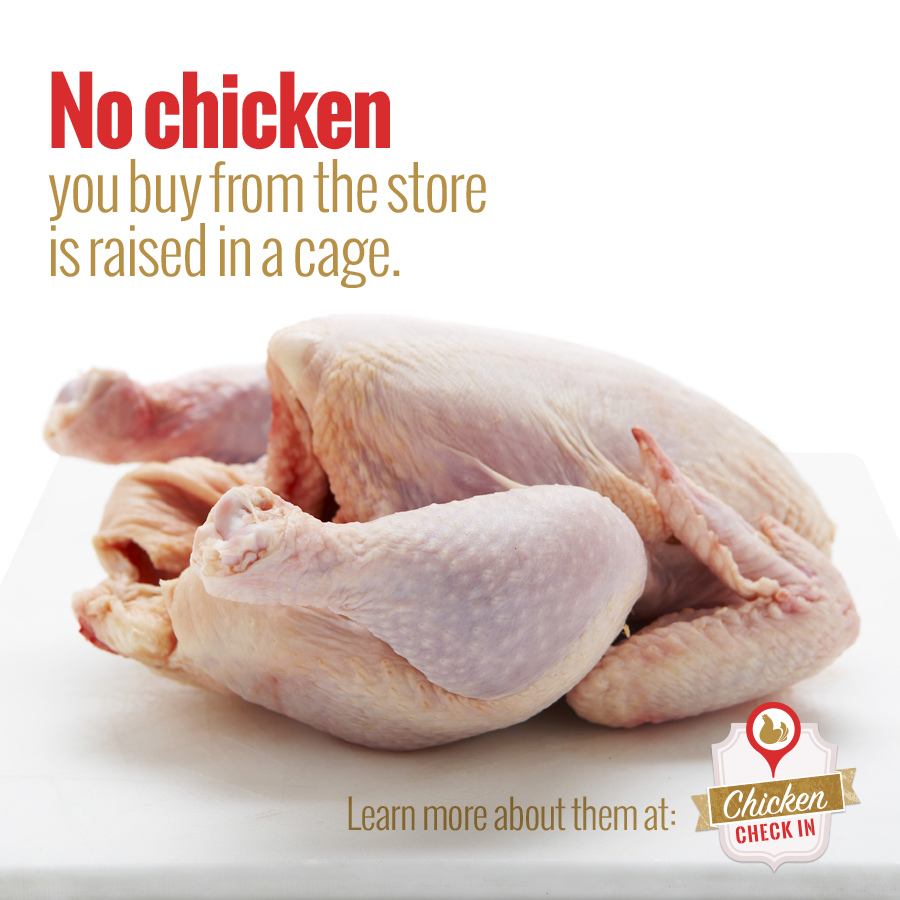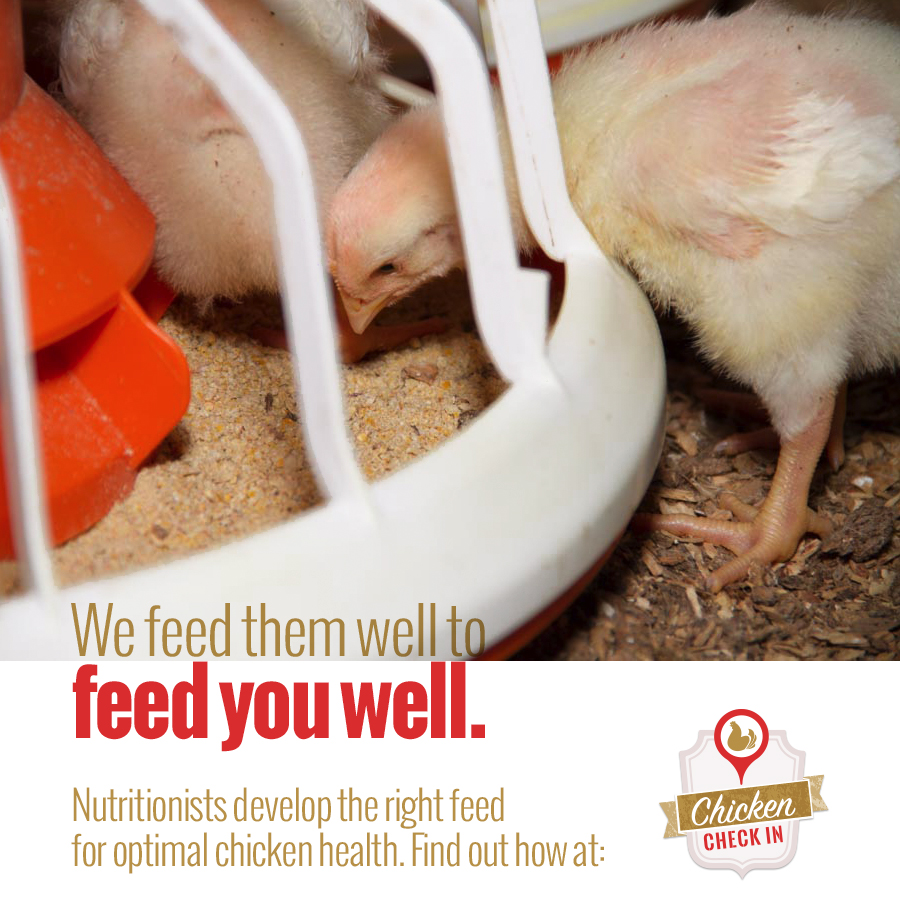
Farm to Table
Every chicken starts on the farm. How does it get from there to your restaurant?
It’s important to know where your chicken comes from because your business is built on the quality of the ingredients that go into the food that you serve to your guests. There are a lot of stops along the way from the chicken farm to your operation. From the hatchery, where meat (or broiler) chickens are hatched, to barns on family farms where chickens are raised under the watchful eye of farmers and veterinarians, to processing, distribution and ultimately your local foodservice distributor or cash and carry, chicken makes quite a journey to get from the chicken farm to the table.
Chickens begin their life in hatcheries, where fertilized eggs (not table eggs) are incubated and hatched into chickens that are raised for meat. These kinds of chickens are called “broiler” chickens. Once the chicks are hatched, they are transported to local farms where they live and grow until they are big enough to be sold for meat. Once situated in the barn at the farm, chickens roam, eat, drink and socialize with other chickens under the supervision of farmers and veterinarians, who make sure the chickens are comfortable, healthy and growing well.
Just like humans or any animal, chickens may fall ill and may be treated with antibiotics. Many restaurateurs don’t realize that any meat from chickens sold in the U.S. is free of antibiotics. The USDA regulates withdrawal periods to ensure no meat you buy contains antibiotics or antibiotic residue from animals that may have been treated with them. Also, no chicken you buy is ever given added hormones or steroids. In fact, the use of such added or artificial hormones forbidden by law by the FDA.
When the chickens grow to the ideal weight to be sold for meat (usually 4-7 pounds), they are collected and transported for processing. That short transportation to the processing plant is the only time in a broiler chicken’s life that it spends in a cage, which is for the safety of the chickens during the drive. Once at the plant, chickens are processed quickly and humanely, thoroughly washed, chilled and inspected by the USDA. After USDA inspection is completed, chicken can receive the USDA seal for wholesomeness and be distributed to local grocers and restaurants.
Learn more about the detailed inspection each piece of chicken you buy undergoes in this infographic about modern poultry inspection.
Get Quick Facts on Chicken Farming

Are chickens genetically modified?
Despite what the best urban legends say, there are no genetically modified chickens on the market. So how are chickens so big?
Find Out
Are hormones or steroids added to chicken?
Today’s chickens are bigger than ever before. What isn’t making them bigger are added hormones or steroids. What is?
Find Out
What are Broiler Chickens?
Did you know that chickens raised for meat are called ‘broilers’ and are different from egg-laying hens?
Learn More

Are broiler chickens raised in cages?
Chickens raised for meat (broiler chickens) are never raised in cages. Want to find out how they are raised? Come inside and see.
Read More
What do chickens eat?
As chickens age and grow, their feed begins to change with them. We formulate their feed to perfectly support every stage of life.
Learn How
Does the chicken I buy have antibiotic residue in it?
All chicken you buy is technically “antibiotic free” – federal rules require that if any antibiotics are used on a farm they must have cleared the animals’ systems before they can leave the farm.
Learn more

![Follow chicken’s journey from farm to table [infographic]](/wp-content/uploads/2018/10/Infographic-Journey-of-All-American-Chicken-v4-683x1024.jpg)